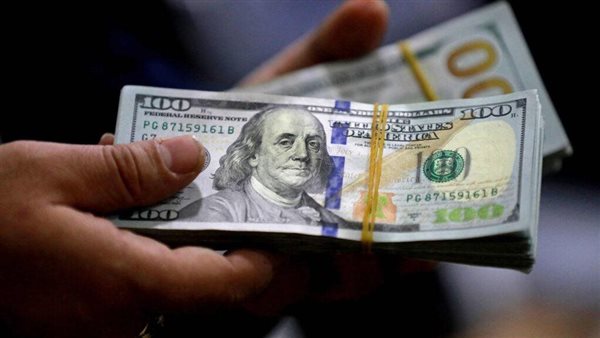The Libyan dinar continued to trade under pressure on Thursday, August 14, 2025, with black market rates showing slight fluctuations across key cities. According to updates from The Libyan Scene and other platforms monitoring currency exchange, gold, silver, and bond prices, traders opened the day with mixed rates depending on the denomination and payment method used.
In Tripoli and Benghazi, the US dollar opened at 7.79 dinars in cash transactions, while in Zliten it was slightly higher at 7.795 dinars. However, for older denominations such as the 20 and 5 dinar notes, the exchange rate climbed to 8.26 dinars, reflecting ongoing demand for newer currency notes in Libya’s informal market.
Other forex rates also reflected the dinar’s persistent weakness. The euro traded at 8.89 dinars, while the British pound hit 10.15 dinars. In regional transactions, the Tunisian dinar was valued at 2.63 dinars, and the Turkish lira at 0.195 dinars. The Jordanian dinar remained strong at 11.05 dinars, and the Egyptian pound traded at 0.16 dinars.
Dollar transfers via Turkey stood at 7.775 dinars, while Dubai remittance rates were slightly lower at 7.75 dinars.
For those conducting transactions through bank checks, rates were notably higher than cash rates. A dollar with a Trade and Development Bank check went for 8.28 dinars, while Republic Bank checks stood at 8.25 dinars. The National Commercial Bank offered a similar rate of 8.25 dinars, while Benghazi’s Development Bank check was slightly higher at 8.29 dinars.
Gold prices followed the currency market’s volatility, with 18-karat broken gold priced at 608 dinars and 21-karat broken gold at 709.3 dinars. Cast gold was selling for 616 dinars per gram. The price of broken silver stood at 8.20 dinars.
Currency traders say the black market rates are heavily influenced by ongoing economic instability, liquidity shortages, and political uncertainty in Libya. While the official exchange rate remains far lower, the gap between official and parallel market rates has persisted for years, driven by high demand for foreign currency among importers and individuals.
Economic analysts note that remittances, oil revenue fluctuations, and cross-border trade also play a major role in determining black market rates. In cities like Benghazi and Tripoli, where commercial activity is relatively stronger, cash dollar rates tend to be slightly lower than in smaller cities. However, for old banknote denominations, the rates are consistently higher due to reduced acceptance in trade and banking transactions.
The fluctuations in gold and silver prices are also linked to changes in global commodity prices. With the US dollar gaining strength internationally, precious metals in Libya have seen upward adjustments in dinar terms. Many Libyans turn to gold as a safe haven against currency depreciation, which further increases local demand and impacts prices.
In the absence of a unified and stable banking system, Libyans continue to rely heavily on informal markets for currency exchange and precious metal trading. The Central Bank of Libya has tried several measures in the past to narrow the gap between the official and black market rates, but the results have been limited due to persistent political division between the east and west of the country.
As of today’s trading, all eyes are on whether the dinar will face further depreciation in the coming days, particularly with ongoing uncertainty in oil exports and the upcoming government budget discussions. For now, the black market remains the most accessible — though costly — source of foreign currency for most Libyans.
